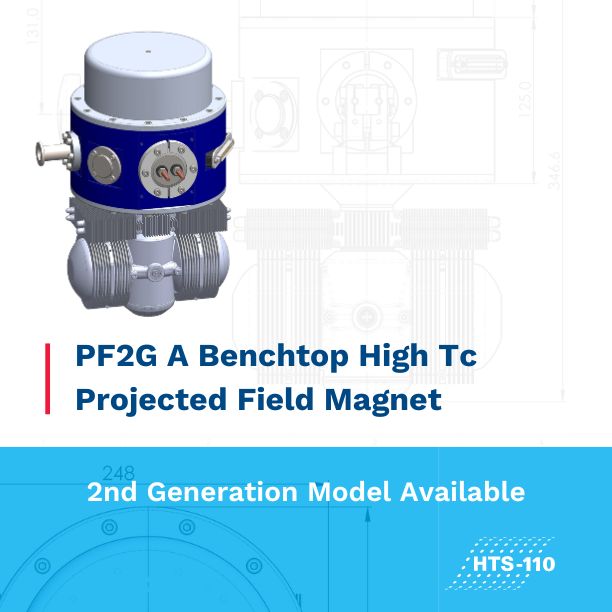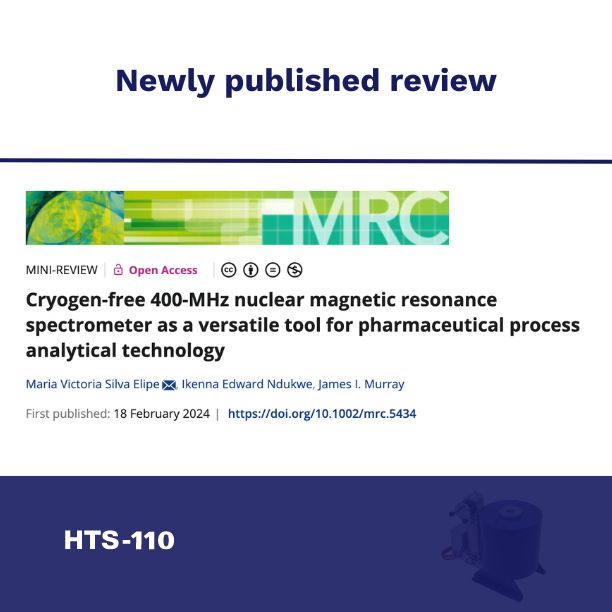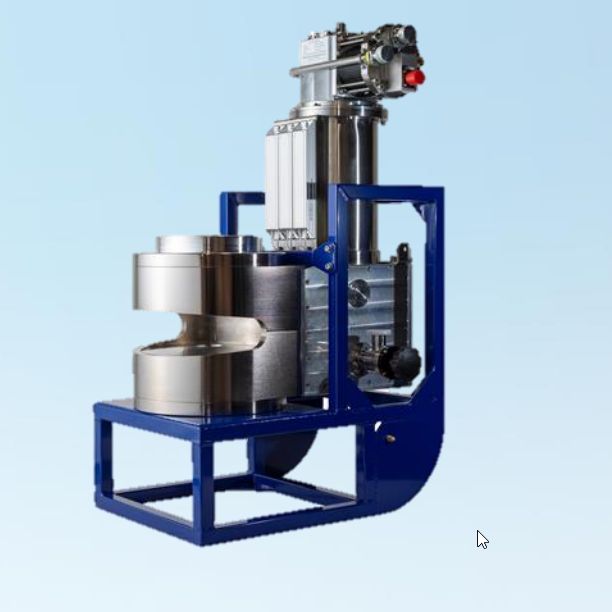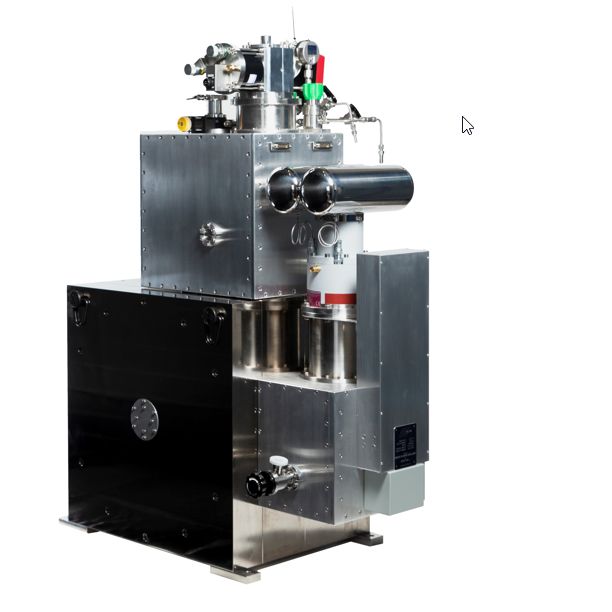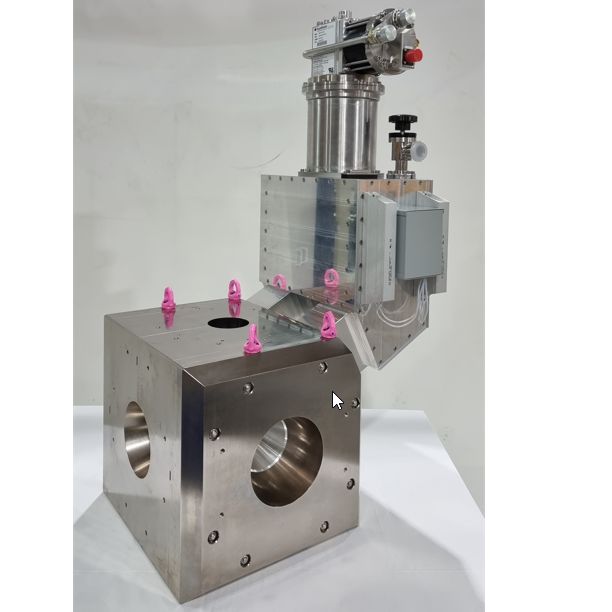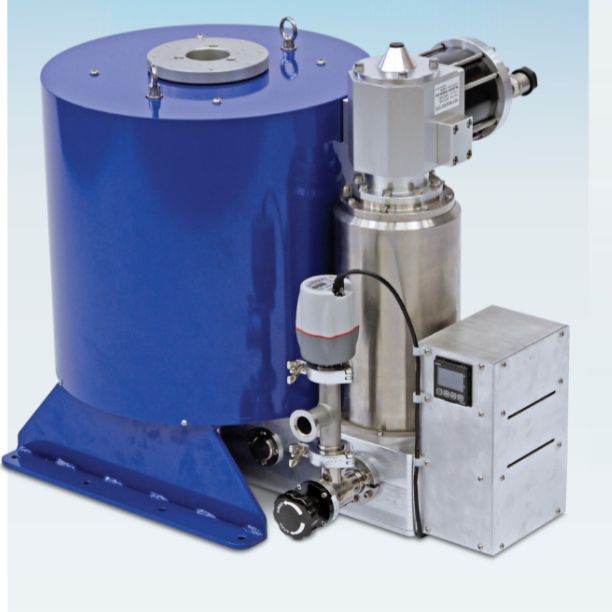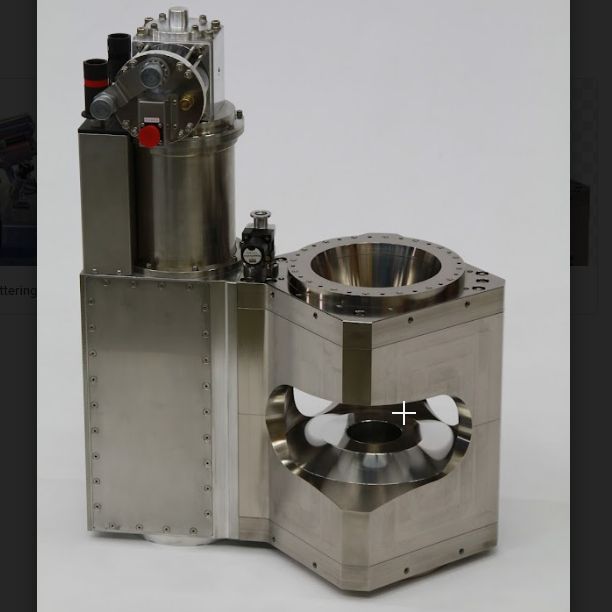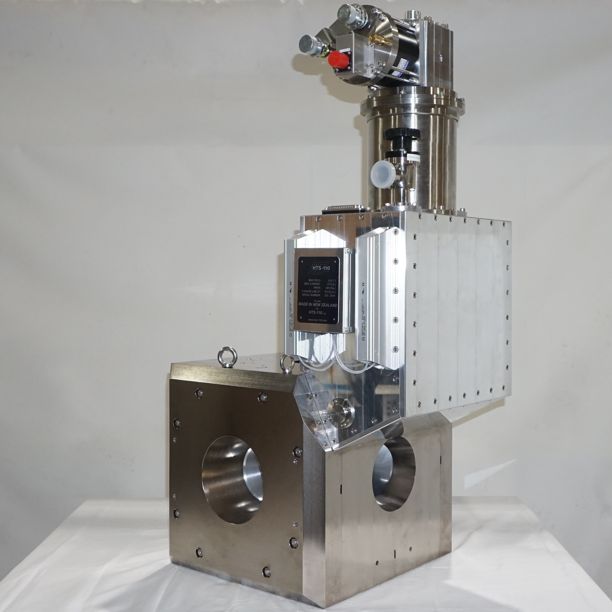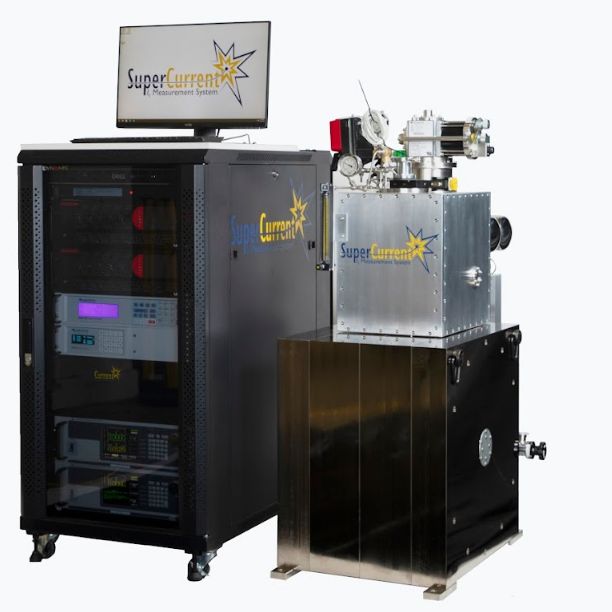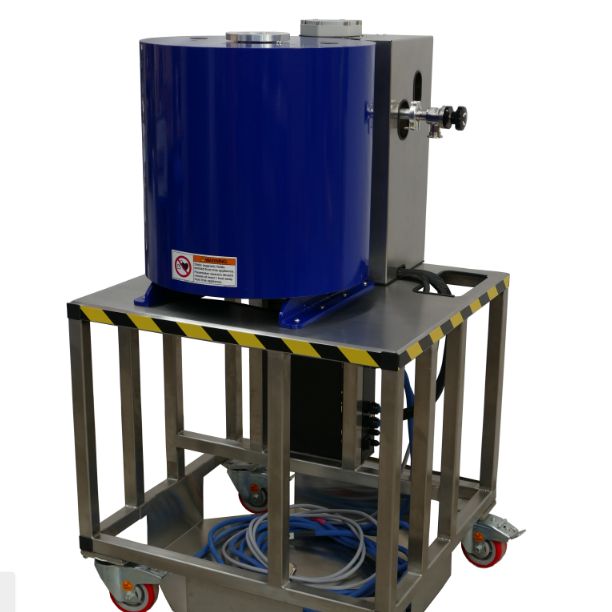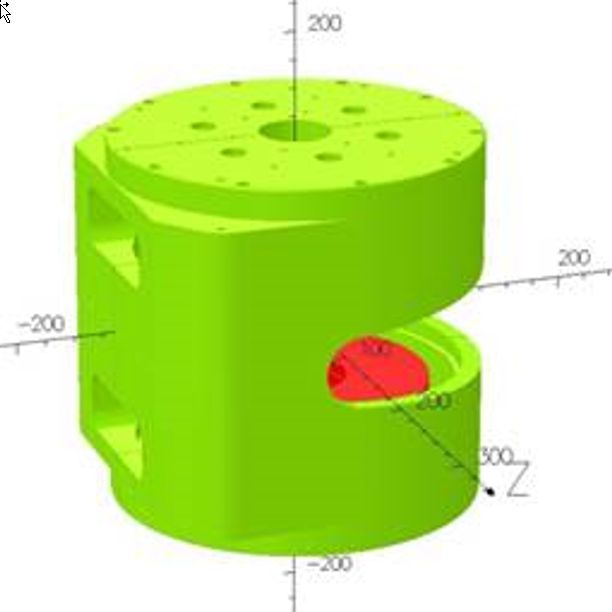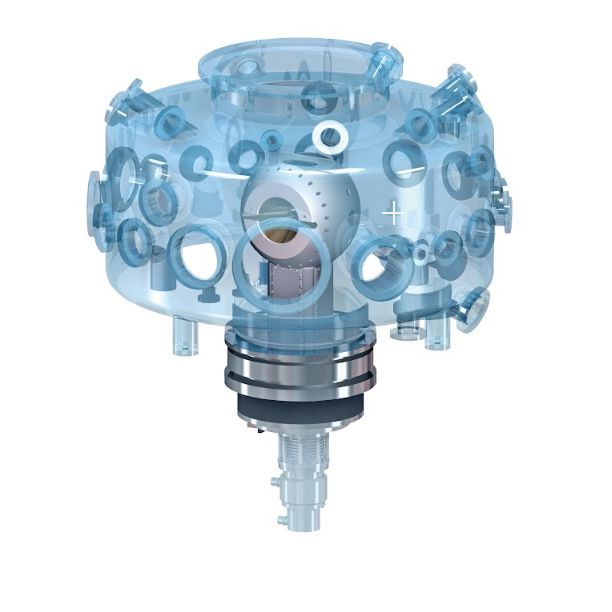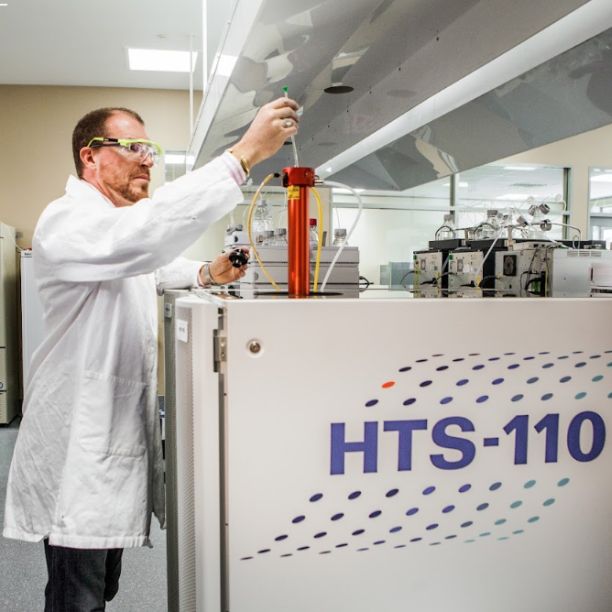Nuclear magnetic resonance (NMR) is a powerful technique for the structure elucidation of organic molecules and significantly important in the pharmaceutical industry supporting the discovery and development of drug substances or active pharmaceutical ingredients (APIs).
HTS-110’s Donald Pooke has co-authored this article which you can read at tandfonline.
Please note: a subscription may be needed to read the full text.
Condensed Abstract
Nuclear magnetic resonance (NMR) is a powerful technique for the structure elucidation of organic molecules and significantly important in the pharmaceutical industry supporting the discovery and development of drug substances or active pharmaceutical ingredients (APIs). Following an initial study and assessment of a prototype NMR instrument with a high-temperature superconducting (HTS) power-driven magnet of 9.4 T (400 MHz for 1H observation) operating with standard commercial electronics and probes, we tested the instrument with three compounds representing typical pharmaceutical drugs.
We compared results from two probes and shimstacks with different geometries (broadband fluorine observe (BBFO) with Bruker orthogonal shim system-3 (BOSS3) and Bruker quattro nucleus probe (QNP) with BOSS1 shims) testing standard one-dimensional (1D) NMR experiments including selective excitation experiments, and two-dimensional (2D) homonuclear and heteronuclear experiments for the purposes of evaluating the equipment for structure elucidation capabilities… This new technology has the advantage of being able to locate the HTS NMR magnet system in any chemistry or analytical laboratory where the samples are produced, facilitating rapid analysis with minor needs from the facilities and without cryogenic liquids.
Back to all News